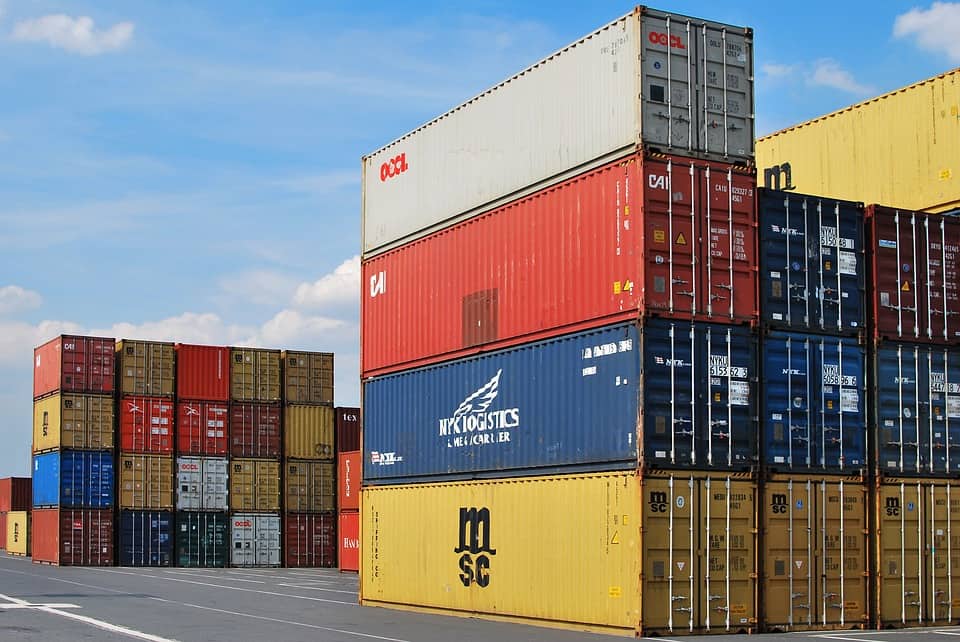Study on Export-Import Bank: Repeal Is Best, Other Reforms Can Help

 The Export-Import Bank is up for reauthorization by September 30. It should be shut down, as I’ve pointed out before, but reauthorization will almost certainly pass. Ex-Im was either shut down or sharply limited for nearly five years, from October 2014 until May of this year.
The Export-Import Bank is up for reauthorization by September 30. It should be shut down, as I’ve pointed out before, but reauthorization will almost certainly pass. Ex-Im was either shut down or sharply limited for nearly five years, from October 2014 until May of this year.
Over that time, assuming Ex-Im would have maintained a constant activity level had it not been hampered, taxpayers were spared from $47.9 billion of risk exposure, or an average of nearly $12 billion per year. Ex-Im’s total portfolio also decreased from $112.3 billion in 2014 to $60.5 billion in 2018. This reduced taxpayer exposure by a total of nearly $52 billion, or an average of just under $13 billion per year.
These are big savings, and Congress will almost certainly end them this month. In a new study, while emphasizing that shutting down Ex-Im is the best policy option, I put forward some second-best reforms that would make Ex-Im less problematic until the next reauthorization cycle. These include:
- Ending the bank’s reinsurance pilot program
- Cutting the bank’s portfolio cap to $60 billion from $140 billion
- Maintaining Ex-Im’s board quorum requirement for transactions over $10 million
- Using the same accounting standards as other federal agencies
- Instituting a 10 percent cap on what percentage of its business can benefit a single firm
- Removing its quota for green projects
- Lowering the definition of a “small business” to 100 employees from the current standard of 1,500 employees
While Ex-Im reauthorization is a setback regardless of any positive reforms it incorporates, incorporating these reforms can limit the cronyism and waste Ex-Im is capable of generating.
The whole study is here. For a short summary of the main findings, a press release is here.
Donate today!
[cei:donate:form]